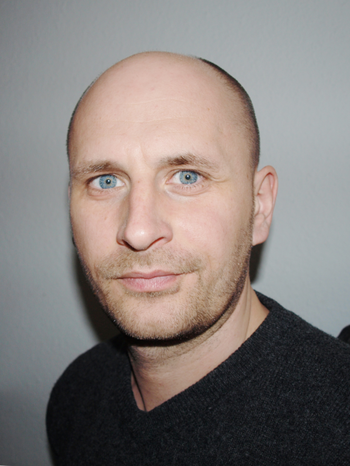Dr. Enrico Lehnhardt

Landscape Archaeology and Architecture (LAA)
Prähistorische Archäologie
Institut für Archäologische Wissenschaften
Abt. III, Vor- und Frühgeschichte
Norbert-Wollheim-Platz 1
60629 Frankfurt am Main
06/2016
Promotion
12/2012 – 12/2015
Promotionsstudium an der Freien Universität Berlin
01/2012
Magister am Institut für Ur- und Frühgeschichte und Vorderasiatische Archäologie der Universität Heidelberg mit einer Arbeit über "Die Feuerböcke der späten Bronze- und frühen Eisenzeit in der Ägäis und im östlichen Mittelmeerraum" (Betreuer Joseph Maran).
2009 – 2012
Studium der Ur und Frühgeschichte (Joseph Maran, Thomas Meier) Klassischen Archäologie sowie Mittlerer und Neuerer Geschichte an der Ruprecht-Karls-Universität Heidelberg.
2006 – 2009
Studium der Ur- und Frühgeschichte (Clemens Pasda, Thomas Meier), Klassischen Archäologie und Osteuropäischen Geschichte an der Friedrich-Schiller-Universität Jena
The beginnings of iron smelting in the area of the Przeworsk culture
The spread of technical innovations such as iron smelting required basic natural resources (iron ore) and manual skills along with social acceptability and necessity. The dissertation investigated the beginnings of iron smelting in the area of the Przeworsk culture (Poland). It is assumed that the earliest stages of local and regional iron production coincide with the emergence of the Przeworsk culture within the 2nd century BC.
In a first theoretical section iron smelting as an innovation and its cultural spread was conceptualized. Technical and socio-economic aspects are discussed and the creative and individual shaping of the technical system (furnace) is highlighted. The spread of the innovation of iron smelting appears to have been a recursive learning process that involved a relative potential for change resulting from technical solutions and adaptations. The role of iron on the object level is shown by the comparative analysis of grave goods especially for early and late Iron Age Silesia, further Polish regions of the younger pre-Roman Iron Age Przeworsk culture, as well as for the concurrent Oksywie culture in northern Poland.
For the key question of iron production in the pre-Roman Iron Age, the extensive literature on individual prehistoric smelting sites was researched, and site manuscripts and excavation files were evaluated. An archaeological survey and a number of test pits at one iron slag site in Silesia were carried out (see figures 1-4).
Overall, there is hardly any evidence of iron smelting for the pre-Roman Iron Age in Poland. Therefore, according to this research, the question of iron objects in pre-Roman Przeworsk culture seems to be one of the social relations, the communication and exchange networks both on intracultural and in particular on the intercultural level (above all with the La Tène culture) and is not the result of a pronounced local or regional iron production. The results from the Przeworsk culture in Poland are compared with the La Tène culture and the groups associated with it in East Central Europe (Czech Republic, Slovakia, Austria, Hungary, Romania and Slovenia) in order to show similarities and differences.
Finally, the question of the technology transfer to the area of the Przeworsk culture was examined and an alternative explanation to the communis opinio was formulated, which derives the introduction of iron smelting technique from the La Tène culture. The thesis links the technology transfer with Elbgermanic groups during the transition to the Roman imperial period at the earliest. This development seems to be a supraregional phenomenon of the transformation phase from the La Tène period to the Roman imperial period in Central Europe.
This dissertation project was successfully completed within the Research Group A-5 Iron as a raw material of the Excellence Cluster 264 Topoi.
